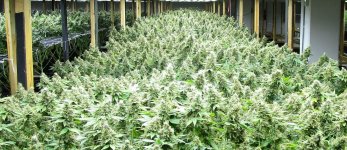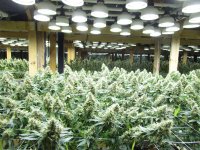@MAHA KALA Thanks man!!wonderful land.
Looking forward to running your gear!!
Now i just gotta figure out the timing of everything.
So in a pm when we where conversing about daylight schedules, equatorial verse northern latitudes, Day length decrease in particular, and whats necessary.
In regards to the Kona uprising, whats the best way to get these to match up and stay in flower with the summer solstice? You mentioned something of sorts, maybe ?
If i can formulate a plan, i may start flowering them indoor then put outside early june.
my location, june 20th has 15:35 of day light. Do you think they would still stay in flower if put outside? Or light dep would be necessary?
if light dep, what do you think the threshold is for them to stay in flower? 14.5hrs or 14hrs? Basically 10 hrs of darkness?
Aug 5th is 14:30 hr light
Aug 16th is 14:00hr
Aug 26th is 13:30hr
I have a helper here for the next months, maybe longer if i dont scare him away. He is down to build a small greenhouse with me. So i may attempt this. Just trying to put on paper the necessary points an work in the small stuff later.
just trying to figure some shit out an see if its possible. "the wheels are always turning"
Any input is greatly appreciated. Man






